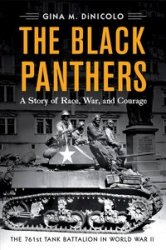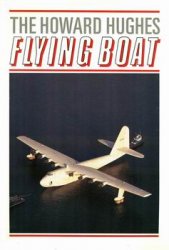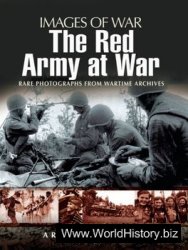Before 1948, theater ownership and block booking had guaranteed the big studios that all their films would be exhibited. They planned their production schedules by the year, always making sure to include several special films that would appeal to exhibitors outside the big chains and lure them to book their whole season’s films from that studio.
After the Paramount decision, each individual film became more important than the year’s overall output. No movie could win its way simply by being slipped into a bundle of better films. Even a studio’s cheapest, least prestigious film had to have its own attractions.
In the postwar years, Americans were more prosperous, but they had more types of entertainment to choose from. In 1943, twenty-six cents of every entertainment dollar was spent on going to movies. By 1955, that figure had declined precipitously to eleven cents, and it continued to decline until leveling off at about eight cents in the 1970s. People were less inclined to buy tickets unless the movie was something special, an event. Successful big-budget movies played theaters for longer runs, so fewer movies were needed overall.
As a result, there came to be less distinction between A films and B films. With the Depression over and the high attendance in the immediate postwar years, theaters no longer had to offer a second film to attract customers. The double feature declined, and the B films, which had usually filled the second half of programs in the 1930s, became insignificant to the big producers. Double features continued into the 1950s, but the theaters showing them either booked low-budget films made by small companies or ran two second-run A pictures. As we shall see, the role of making cheaper films was taken over by independent producers who aimed their films at specific segments of the audience.
By making fewer films, the big companies were able to spend more money on each one. Much of this money went into attractions like color and widescreen images, designed to bring audiences back into the theater.
Because some of these films depended on special projection equipment (as discussed on pp. 330-332), distributors revived a tactic used occasionally for special films since the silent era: roadshowing. The Birth of a Nation had been a roadshow release in 1915. A roadshow film played in only one theater per market, with only two or three screenings each day. Higher-priced tickets for reserved seats, available in advance, compensated for the reduction in showings. In the 1950s the practice became regular.
Starting in 1952, Cinerama films, with their triple images, of necessity played only in the small number of theaters built or remodeled for that purpose. Todd-AO films, with a 70mm width, could only play in about sixty specially equipped theaters, where they were all roadshown. Only after a considerable gap in time were 35mm prints made available to other exhibitors. Twentieth Century-Fox also used roadshow distribution for some of its CinemaScope films.
Most roadshow releases were highly successful. Michael Todd, originally a New York theater producer, formed Todd-AO with Richard Rodgers and Oscar Hammerstein as business partners. They consented to having their hit Broadway musical Oklahoma! shot in the new process; the film ran for over a year in some venues. Roadshow pictures continued to be based on big Broadway shows and best-sellers. Around the World in 80 Days (1956) had an all-star cast and won several Oscars. During their limited initial releases, such films built up reputations as must-see events, and they later played widely to audiences in a large number of theaters. Roadshowing remained a regular release method through the 1960s (see Chapter 22).




 World History
World History









